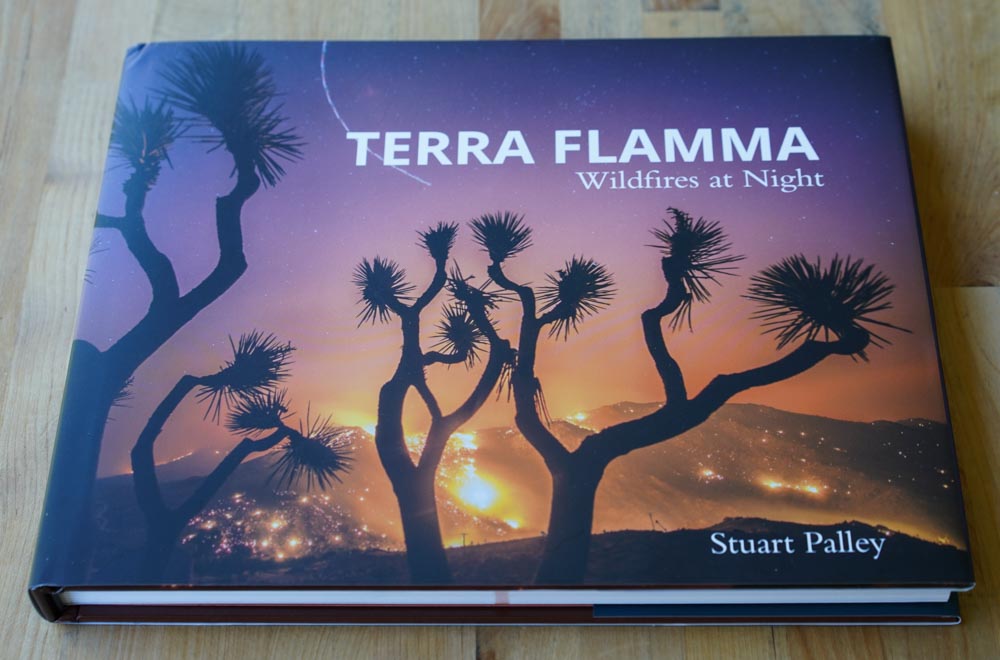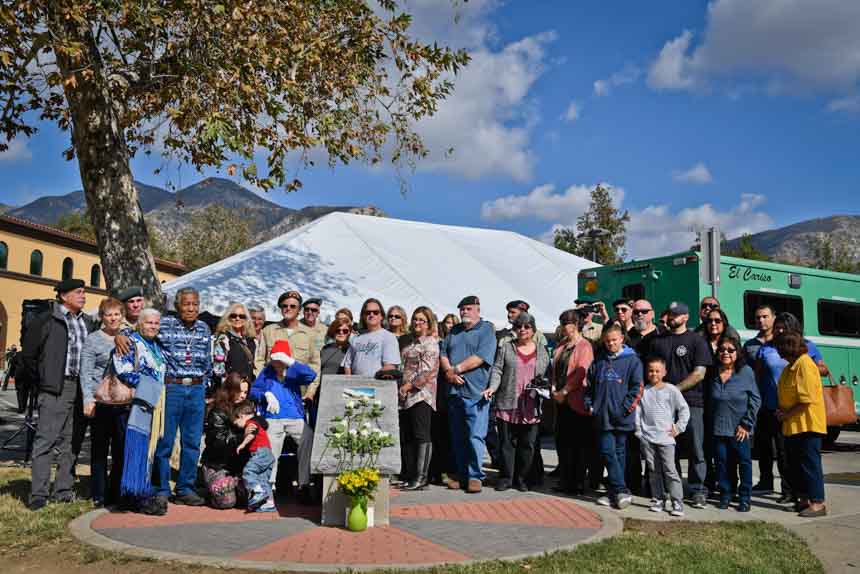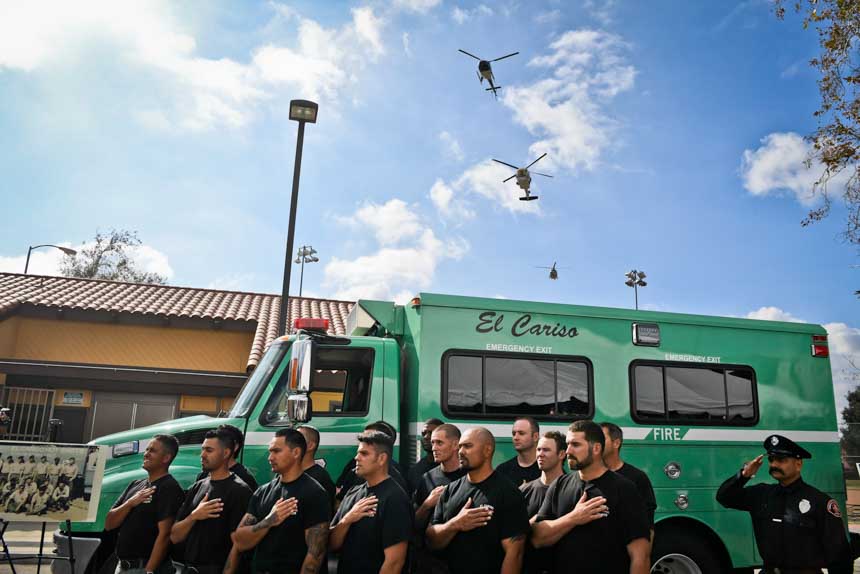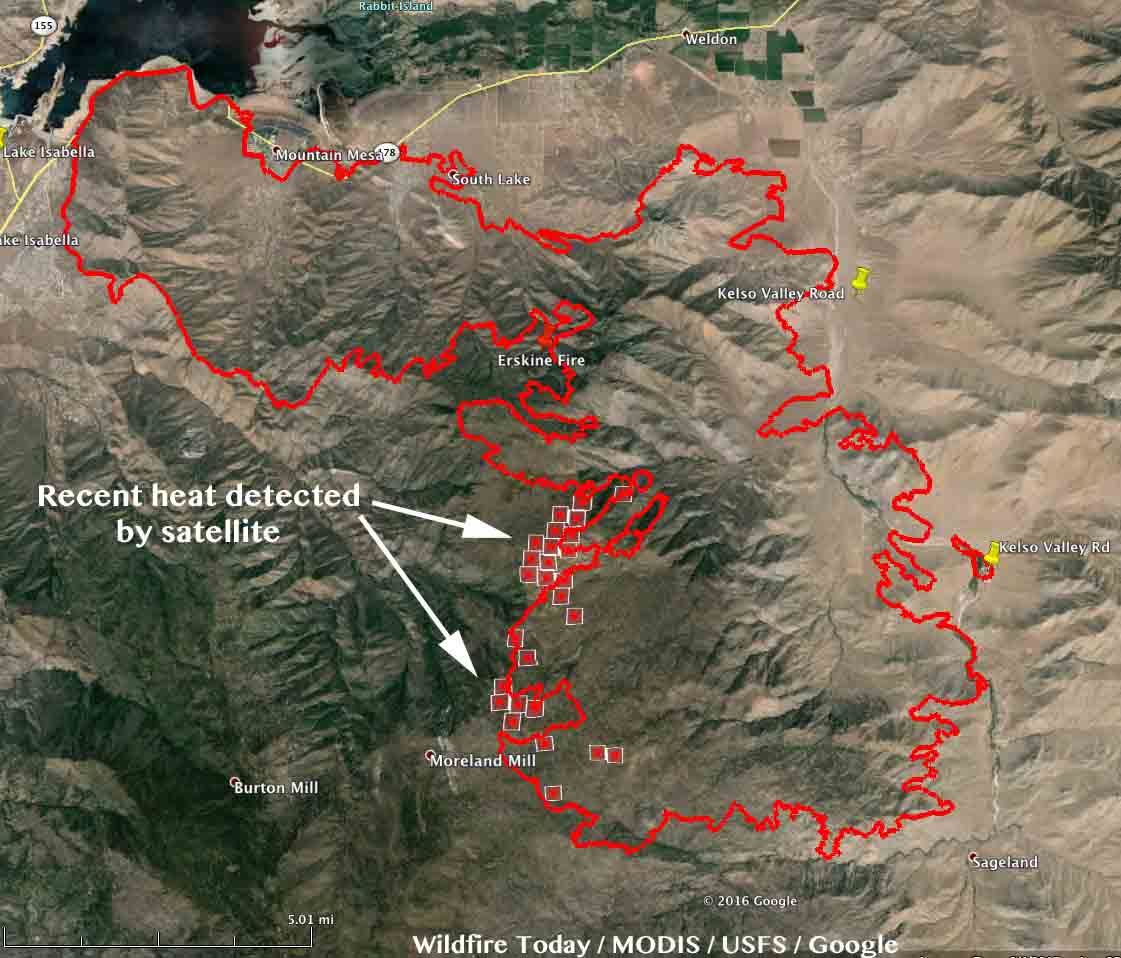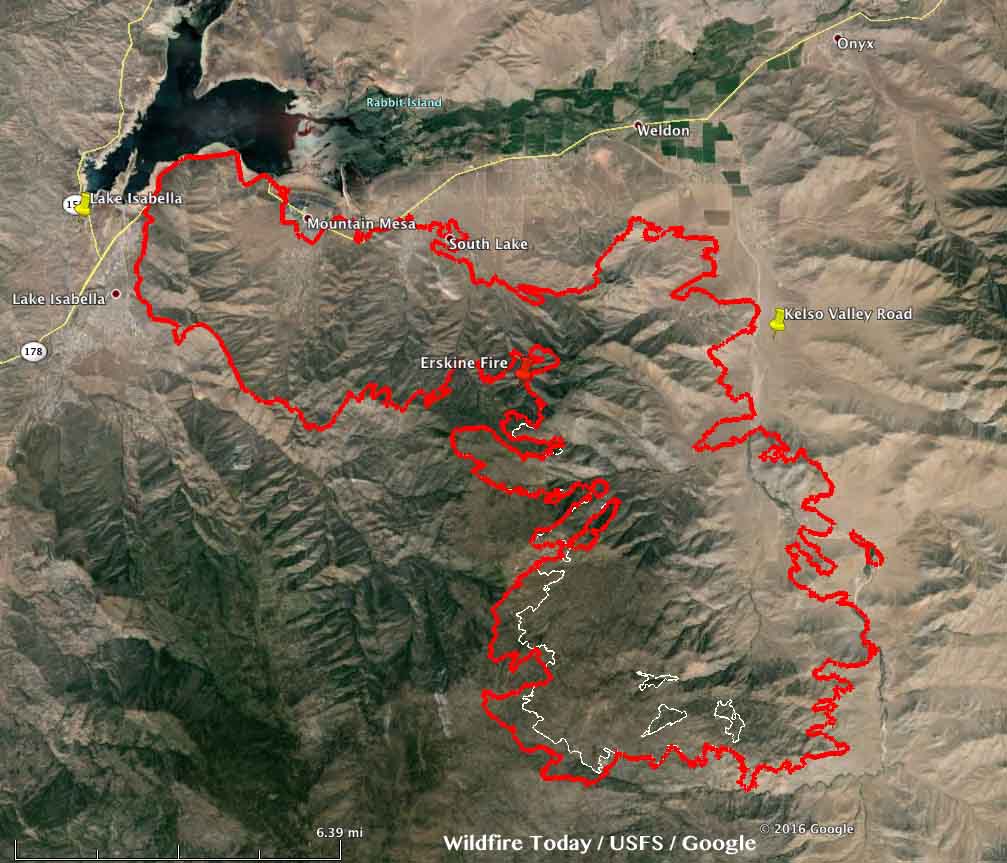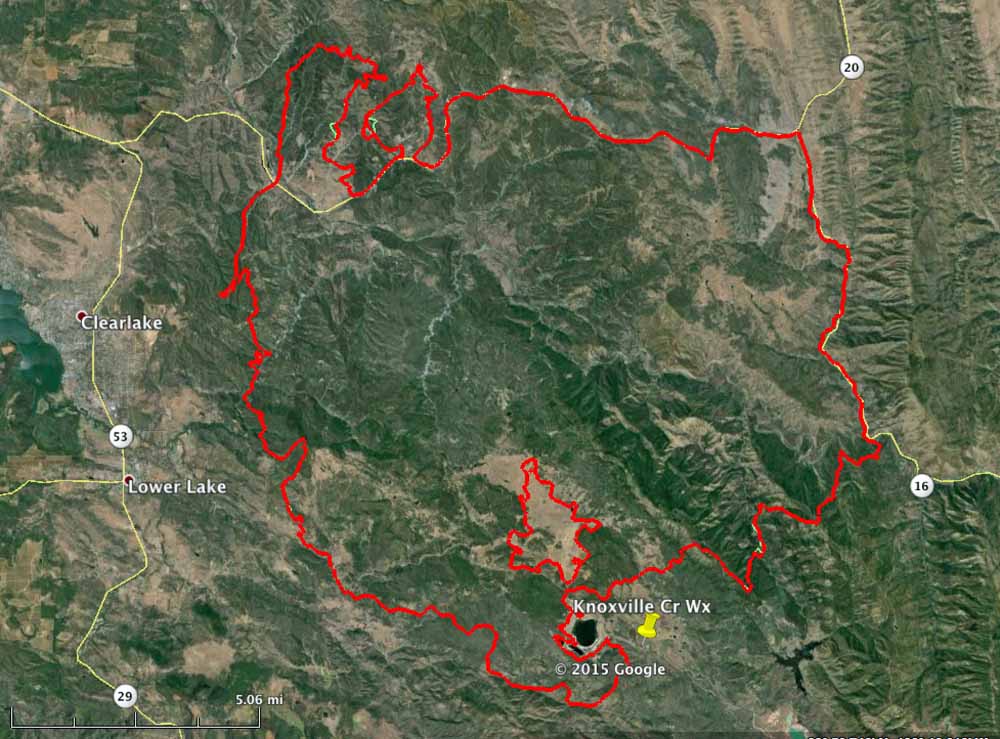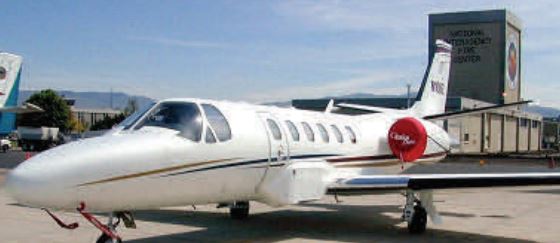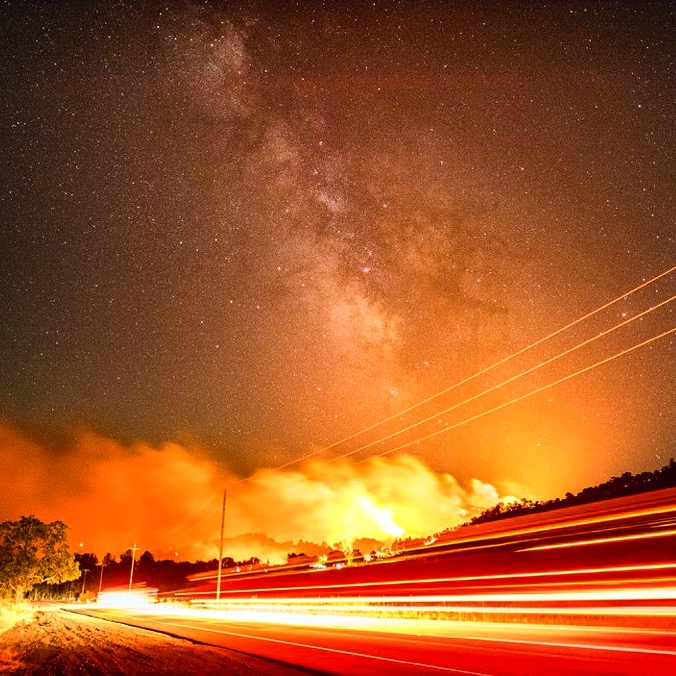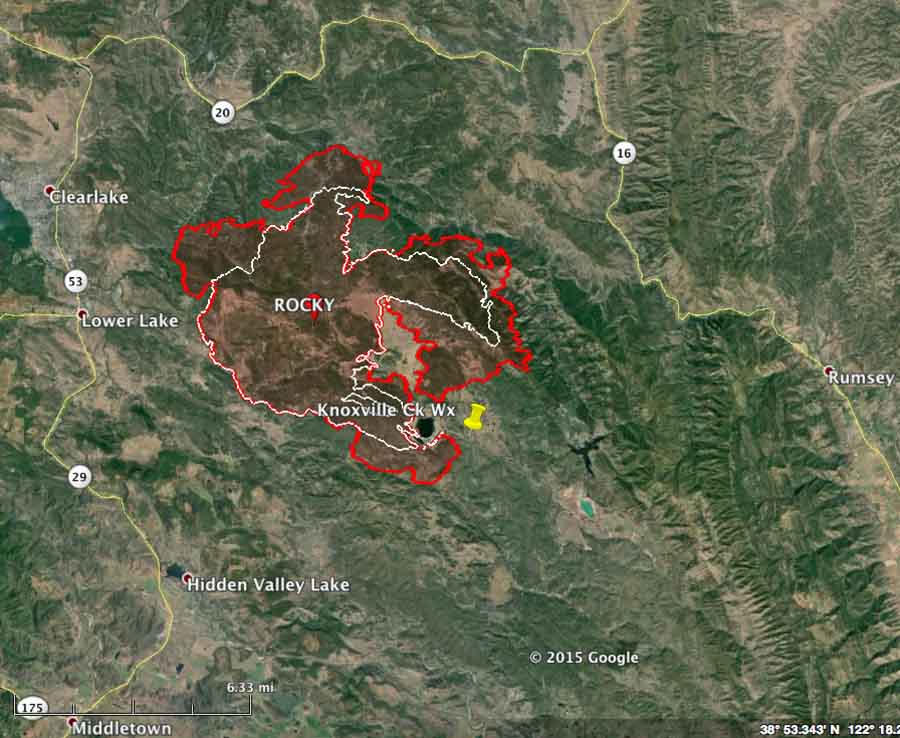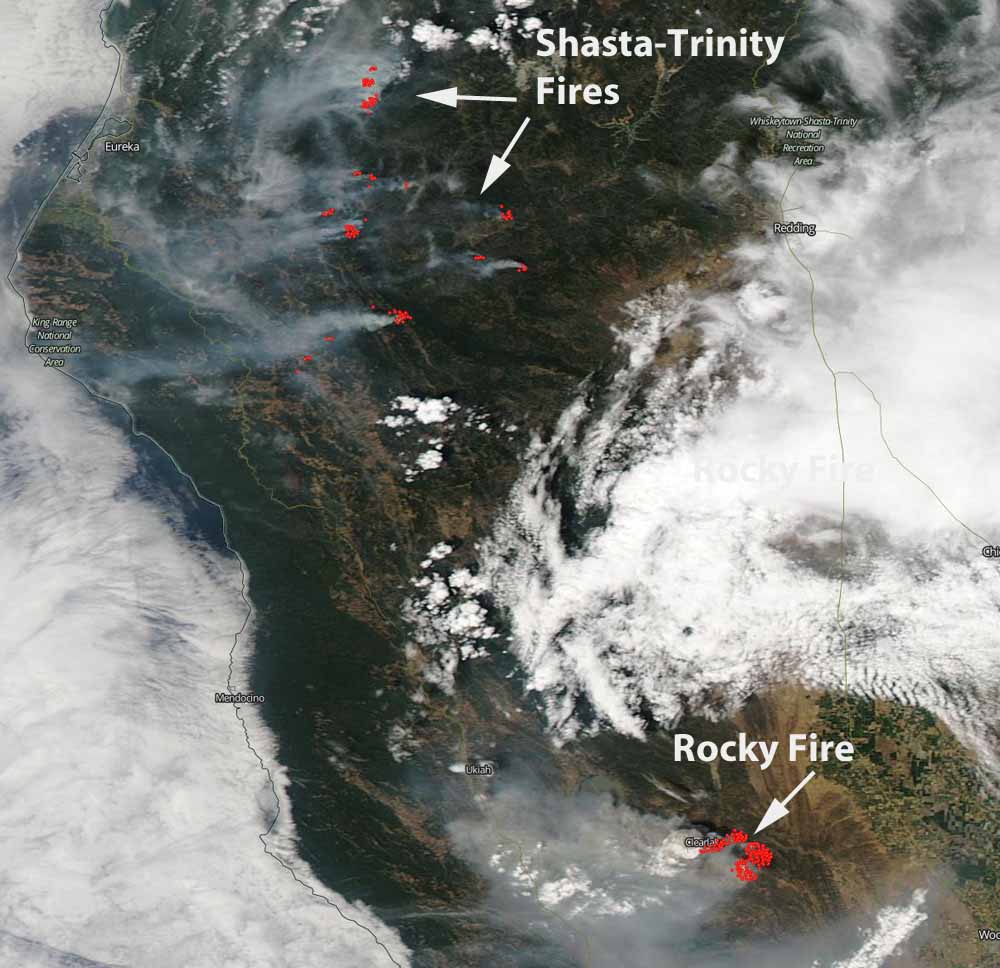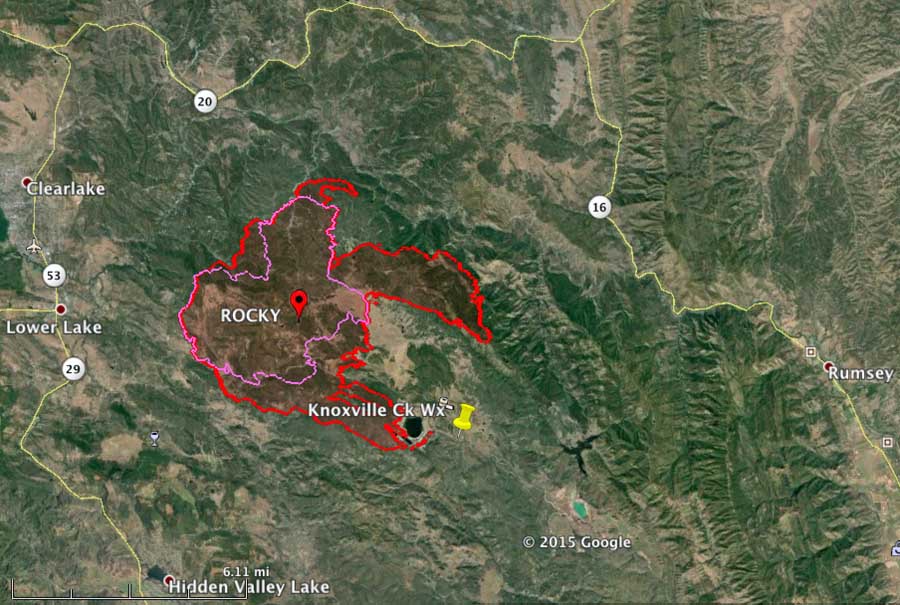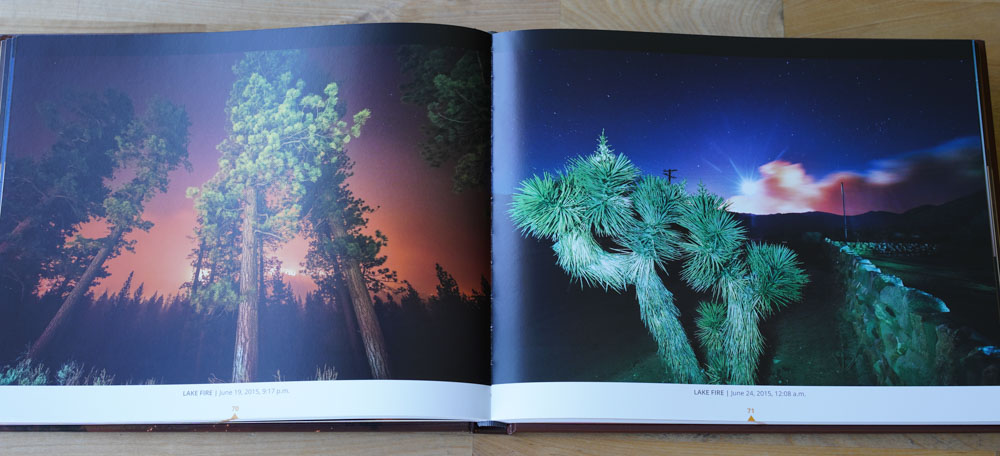 TERRA FLAMMA
TERRA FLAMMA
Wildfires at Night
by Stuart Palley
176 pages, Schiffer Publishing
$25.85 at Amazon
Fires can be deadly, but they can also be beautiful. Most of us have spent time staring at a campfire or fireplace. It can be mesmerizing on a small scale, but when you see hundreds of acres being consumed by flames, it can be hard to turn away.
Television news might cover wildfires even less than they already do if the images were not so fascinating.
Flickering flames on a landscape at night can be captivating. A well-know wildfire photographer has made it an area of special interest during the last five years. After most fire photographers spent hours getting shots of fires during daylight hours and went home to rest, re-hydrate, and edit photos, Stuart Palley would often take advantage of the very special lighting, set up his tripod, and take multi-second exposures keeping the shutter open long enough for the dim light to be captured on the camera’s sensor.
He writes about it in his book that was just released, Terra Flamma; Wildfires at Night:
Soon I found the night shots more interesting than the day. As the painter Vincent Van Gogh said, “I often find that the night is more colorful than the day”.
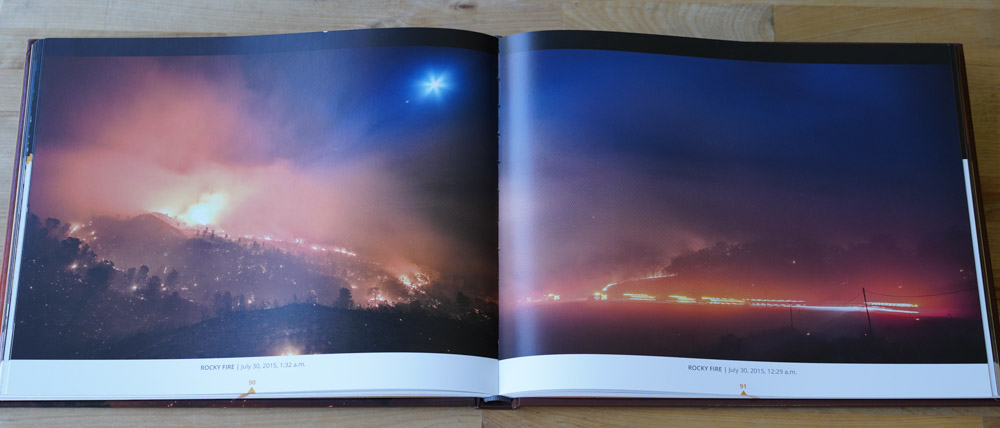 The book is a compilation of 110 color photographs of 39 wildfires shot at night in California over the past 5 fire seasons, including the Rim, Rough, and Thomas Fires. There is also an introductory section about his background, on photographing the fires, and his experience at the incidents in addition to statistics about each wildfire.
The book is a compilation of 110 color photographs of 39 wildfires shot at night in California over the past 5 fire seasons, including the Rim, Rough, and Thomas Fires. There is also an introductory section about his background, on photographing the fires, and his experience at the incidents in addition to statistics about each wildfire.
Terra Flamma, Mr. Palley explains, is a rough Latin translation for “earth on fire”. I am not a fan of using words from a foreign language in a motto, company name, or book title. If people reading it don’t speak that language, the words can be meaningless.
I took these three photos of the book cover and some of the pages within, but they do not do justice to the excellent photos and the beautifully printed pages. I didn’t even snap pictures of his best images, not wanting to spoil the pleasure of someone opening the book for the first time.
Too often we see photos that firefighters take at fires that have been tweaked and manipulated within an inch of the pictures’ lives, cranking up the intensity, screwing with the color saturation, adding Instagram filters, or merging three or more photos into one with high dynamic range. Or worse, using the camera’s software to manipulate just one image into what the vendor calls high dynamic range. These can become extremely unrealistic. I have fallen into that trap once or twice, making one very little post production “enhancement” that’s barely noticeable, then one more, and another. Then when done, I have compared the tweaked version to the original and see that they are very dissimilar, and may tell a different story. That’s when I start over.
But Mr. Palley explains that he used “minimal enhancement, with the goal to reproduce what I saw at the fire”.
And it works. His experience as a journalist, news photographer, his masters degree in photojournalism, and years spent chasing wildfires all over California can be seen on the 176 pages.
